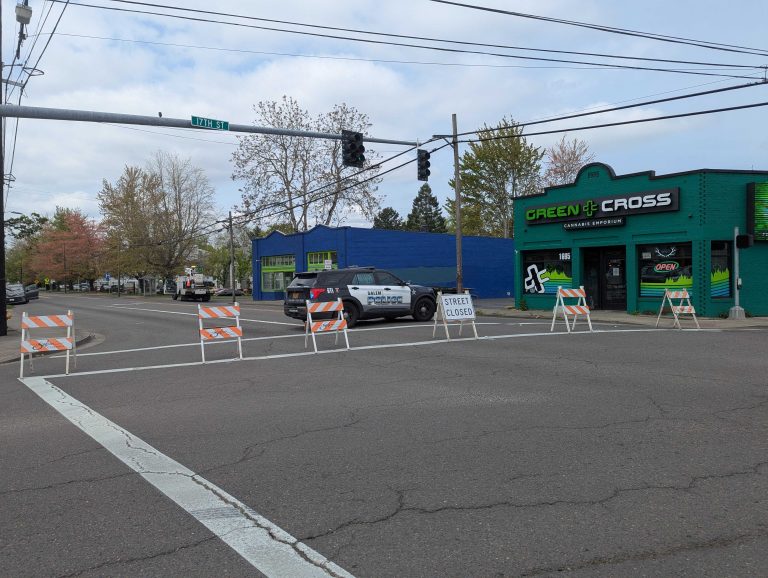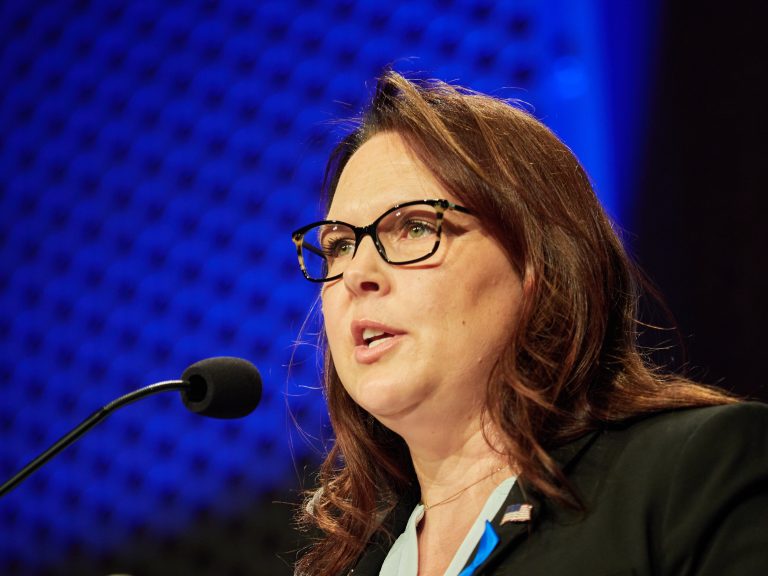Residents challenge Salem’s early plans for city’s future


Salem’s comprehensive plan will soon get overhauled for the first time since its creation in the 1970s, but the work is already off to a rocky start.
The comprehensive plan guides everything from where homes can be built to how parks are managed. It has been updated in piecemeal over the years, but last year the city made its rebuild a priority.
Salem residents were told the overhaul was coming. They didn’t know two new committees would help lead the first phase.
The city revealed the committees — the Technical Advisory Committee and the Stakeholder Advisory Committee — in September. Residents responded by calling and sending letters concerned over the committees’ authorities and how they were formed without public say.
“Salem is changing and moving in the right direction, and part of that change includes abandoning practices from the past such as appointing non-representative policy or advisory groups without public notice,” read one letter signed by 20 residents.
City planner Eunice Kim said she didn’t expect such a response because revisions have been done this way in the past.
“We’ve formed stakeholder committees and nobody’s questioned that, so this issue really hasn’t been raised in the past, but I think it’s worth considering and thinking about now that it’s come up,” Kim said.
The dual, 15-member committees were picked to represent a cross-section of local interests, Kim added. Each committee will meet with planners twice over the next nine to 12 months.
The start of the start of a plan
Although their names and roles are alike, their members are distinct.
The Technical Advisory Committee is made up of staffers with experience from local agencies, such as Cherriots, Marion and Polk counties and the city of Keizer.
The Stakeholders Advisory Committee is comprised more of everyday people, who hail from neighborhood associations, business groups and local government agencies.
Neither committee will vote or make official recommendations. Their role is to talk with the city to help decide metrics to measure the city’s civic health, such as home prices, nearness to parks and more.
“The main decision point early on is what indicators are we going to use to evaluate the city?” she said. “When we ask questions about how livable is the city, what does that actually mean? Housing affordability? Access to parks? Transit options?”
Public workshops will play a similar role. Two workshops are planned, although dates haven’t been announced.
“The same questions we’ll be asking the stakeholder advisory committee we’ll be asking the public in different workshops,” Kim said. She said the workshops could in the form of open house, online surveys, or more.
Those three prongs — two committees and public workshops — form the first phase of overhauling the comprehensive plan, according to Kim. The second phase will have city start charting how it wants to grow; and the third phase will be to write the plan.
Mayor Chuck Bennett said residents’ concerns were “well-taken” but he assured people they would have plenty of chances to be heard.
“This is a fairly lengthy and involved public process going on and this is the early stage to begin pulling the thing together,” he said. “I think their concerns will be addressed as we move through the various phases and as we move to put this thing together.”
“As far as I can tell, nobody gets left out of the discussion,” he added.
Stakeholders at stake
Still, some residents worry about the makeup of the committees and take umbrage with how they were formed.
Michael Slater, one of the 20 people who signed the joint letter to the city, said it was never explained how or why the committees were formed until after the fact.
“The first decision (the city) made is was to hand key decisions over to a small group of people,” said Slater, who sits on the Faye Wright Neighborhood Association. “Moreover, they announced (the committees) without fully explaining how the public is going to be involved.”
Other residents argued the stakeholder committee does not include enough stakeholders. A letter from the South East Salem Neighborhood Association pointed out that eight seats went to people serving in government posts.
The neighborhood association argued that those should instead go to people from other segments, such Latinos, under 30 years old, or advocates for renters or the homeless.
“We understand that simply adding more seats to the (committee) will result in an unwieldy, oversized group. So, we recommend changing some of the membership,” the letter said.
Kim said the committees were formed by asking an organization to take a seat, such as the Salem Area Chamber of Commerce, and letting that organization pick its own representative. Mayor Chuck Bennett did appoint which city councilors — Jim Lewis and Sally Cook — would represent the city.
Slater, who has lived in Salem for 15 years, questioned why the city feels like doing things as they have in the past.
“Why do they say (the committee) has to be 15 people? Why don’t we have groups of five or six like focus groups?” he said. “There’s lots of ways to get input. It seems like the staff is just used to sitting down across the table from people.”
Focus groups could still take place, Kim said. Besides the public workshops, staff hopes to reach out to the public during the second phase to gather as much public opinion as they can about how the city should grow.
Kim pointed as an example a time when city staff borrowed a bus and drove to Lansing Park to talk with neighbors about the NESCA-Lansing Neighborhood Plan.
“We gave out ice cream, asked questions, answered questions. It was just a great way to reach different folks, families in particular,” she said. “We brought City Hall to the neighborhood.”
Stakeholder Advisory Committee
· Arnador Aguilar, founder, Enlace Cross Cultural Community Development Project
· Sam Brentano, Marion County commissioner
· Sadie Carney, land use chair, Grant Neighborhood Association
· Cathy Clark, Keizer mayor
· Sally Cook, Salem city councilor
· Rich Fry, member, Home Builders Association of Marion and Polk Counties
· Geoffrey James, land use chair, Morningside Neighborhood Association
· Ian Johnson, land use chair, Northeast Salem Neighborhood Association
· Marcia Kelley, board member, Salem Area Mass Transit District
· Ian Levin, commissioner, Salem Planning Commission
· Jim Lewis, Salem city councilor
· Craig Pope, Polk County commissioner
· Ashley Schweickart, commissioner, Salem Planning Commission
· Linda Wallmark, co-coordinator, Salem 350
· Nick Williams, CEO, Salem Area Chamber of Commerce
Technical Advisory Committee
· Lisa Anderson-Ogilvie, deputy director, Salem Community Development Department
· Susan Blohm, GIS supervisor, Salem Information Technology Department
· Nate Brown, community development director, city of Keizer
· Angela Carnahan, Willamette Valley representative, Oregon Department of Land Conservation and Development
· Robert Chandler, assistant director, Salem Public Works
· Stephen Dickey, director of transportation development, Salem Area Mass Transit District
· Josh Eggleston, senior fiscal analyst, Salem Administrative Services
· David Fridenmaker, planning and property services manager, Salem-Keizer School District
· Courtney Knox-Busch, Salem city strategic initiative manager
· Sidney Mulder or Austin McGuigan of Polk County
· Mike Niblock, fire chief, Salem Fire Department
· Brandon Reich, senior planner, Marion County
· Kim Sapunar, associate planner, Mid-Willamette Valley Council of Governments
· Sgt. Steve Smith, Salem Police Department
· Rebecca Ziegler, downtown revitalization project manager, city Urban Development Department



